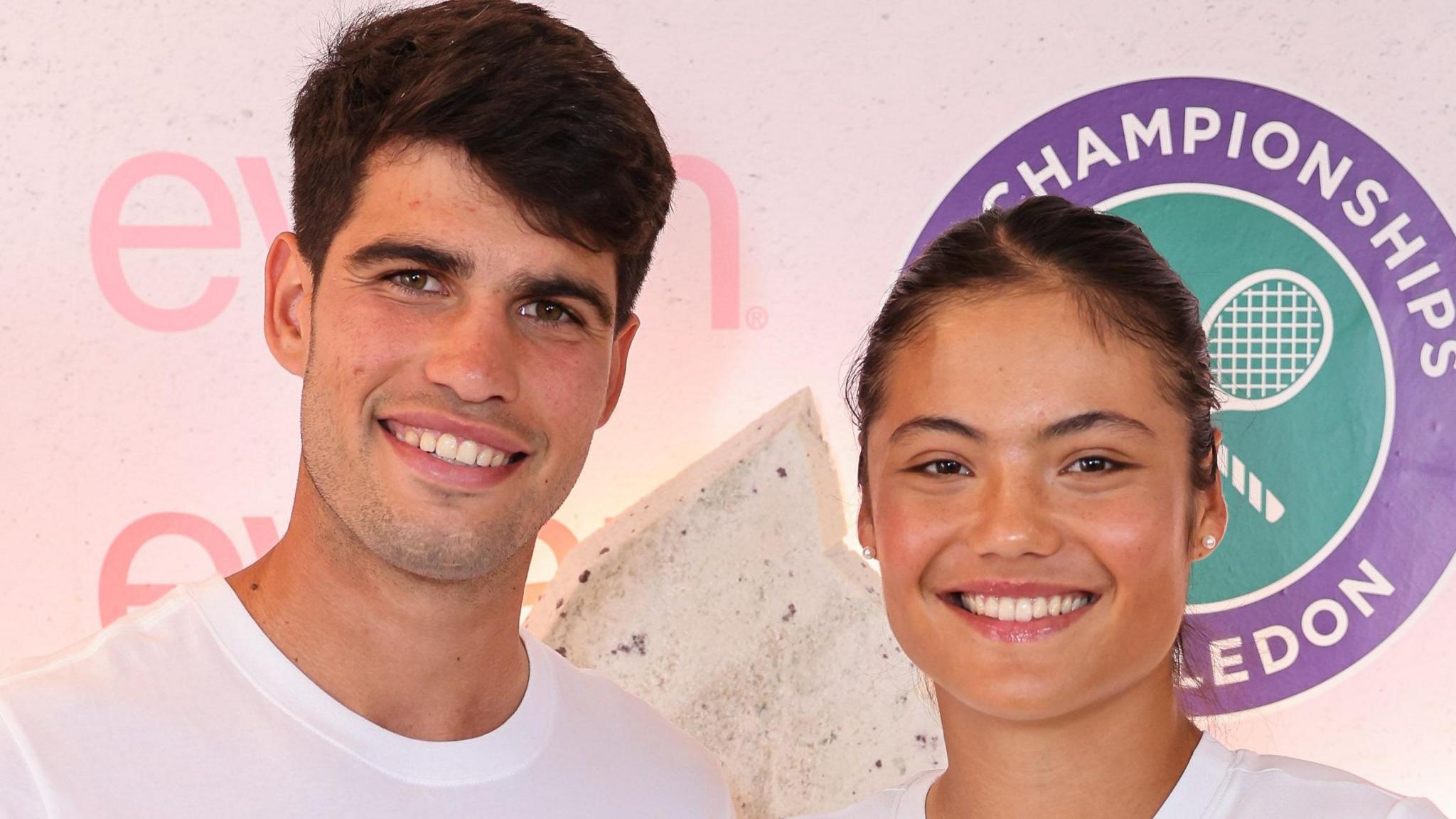A ‘Glorified Exhibition’? – US Open Mixed Doubles Divides Tennis Fans
The revamped US Open mixed doubles has sparked heated debate across the tennis world. With high-profile stars, a lucrative prize pool, and a new schedule slot, the United States Tennis Association (USTA) has taken a bold step to refresh the event. But while some praise the changes as a thrilling innovation, others dismiss it as little more than a star-studded exhibition, leaving the tennis community deeply divided.
Elevating Tennis Through Star Power
The USTA’s decision to “reimagine” mixed doubles was aimed at boosting visibility and engagement. By shifting the event to a prime slot before the singles competition and reducing the format, organizers hoped to attract big names—and it worked.
Tennis fans were thrilled when Grand Slam champions like Carlos Alcaraz, Emma Raducanu, Novak Djokovic, Iga Świątek, and Venus Williams signed up. These high-profile pairings have generated buzz, with matches scheduled on Arthur Ashe and Louis Armstrong—Flushing Meadows’ biggest courts—while ESPN broadcasts them in prime time.
“From an entertainment standpoint, it’s a fantastic idea,” said Mike Bryan, a doubles legend with multiple Grand Slam titles. “Fans want to see Djokovic, Alcaraz, and Świątek, period. This format ensures that.”
The 16-team field features eight entries based on combined rankings and eight wildcards, with a staggering 21 of the 32 players ranked in the top 20 in singles. The prize money is also unprecedented: the winners take home $1 million, five times more than last year’s champions.
The Backlash: Is Tennis Losing Its Integrity?
Despite the excitement, critics argue that the changes undermine the sport’s competitive spirit. Many doubles specialists, particularly those who’ve dedicated their careers to the discipline, feel sidelined.
Jamie Murray, a three-time US Open mixed doubles champion, called it a “glorified exhibition.” He pointed out that top singles players, already earning millions, are being lured in with hefty appearance fees—reportedly over $50,000 per player.
“They’re not playing for prestige; they’re playing for a paycheck,” Murray said. “Meanwhile, doubles players who’ve worked for years miss out on a legitimate shot at a Slam title.”
Only one traditional doubles pair—last year’s champions Sara Errani and Andrea Vavassori—received a wildcard, intensifying frustrations. Others, like British doubles star Joe Salisbury, believe the event should complement—not replace—the original mixed doubles format.
“It’ll be fun to watch, but let’s not pretend it’s the same as winning a Grand Slam,” he said.
Scheduling Woes and Player Pushback
The timing of the event has also drawn criticism. With many stars arriving directly from warm-up tournaments, fatigue is a concern. Alcaraz, fresh off his Cincinnati Open victory, admitted the short turnaround was far from ideal.
Additionally, the lack of consultation with players has irked many. Jessica Pegula, a WTA council member, confirmed the USTA made the decision unilaterally, sparking resentment among doubles specialists who felt their voices weren’t heard.
“If they’d asked for input first, the reaction might have been different,” Pegula said.
Will Other Slams Follow Suit?
The burning question now is whether other majors will adopt this model. Sources suggest Wimbledon, Roland Garros, and the Australian Open remain committed to the traditional format—at least for now. The financial burden of appearance fees and inflated prize money may deter them.
However, if the US Open’s gamble pays off, other tournaments might reconsider. Daniela Hantuchová, a former mixed doubles champion, believes joint ATP-WTA events like Indian Wells or Madrid could be ideal testing grounds.
“Combining men’s and women’s tennis in innovative ways is great for the sport,” she said. “Fans are already talking—that proves it’s working.”
Conclusion: A Turning Point in Tennis?
The US Open’s new mixed doubles format is undeniably exciting, bringing star power to a discipline often overshadowed by singles. Yet, it risks alienating the very players who’ve built their legacy in doubles.
As the tennis world watches closely, the question remains: Is this a step forward for the sport, or simply a flashy spectacle that sacrifices tradition for entertainment? One thing is certain—the debate is far from over.
